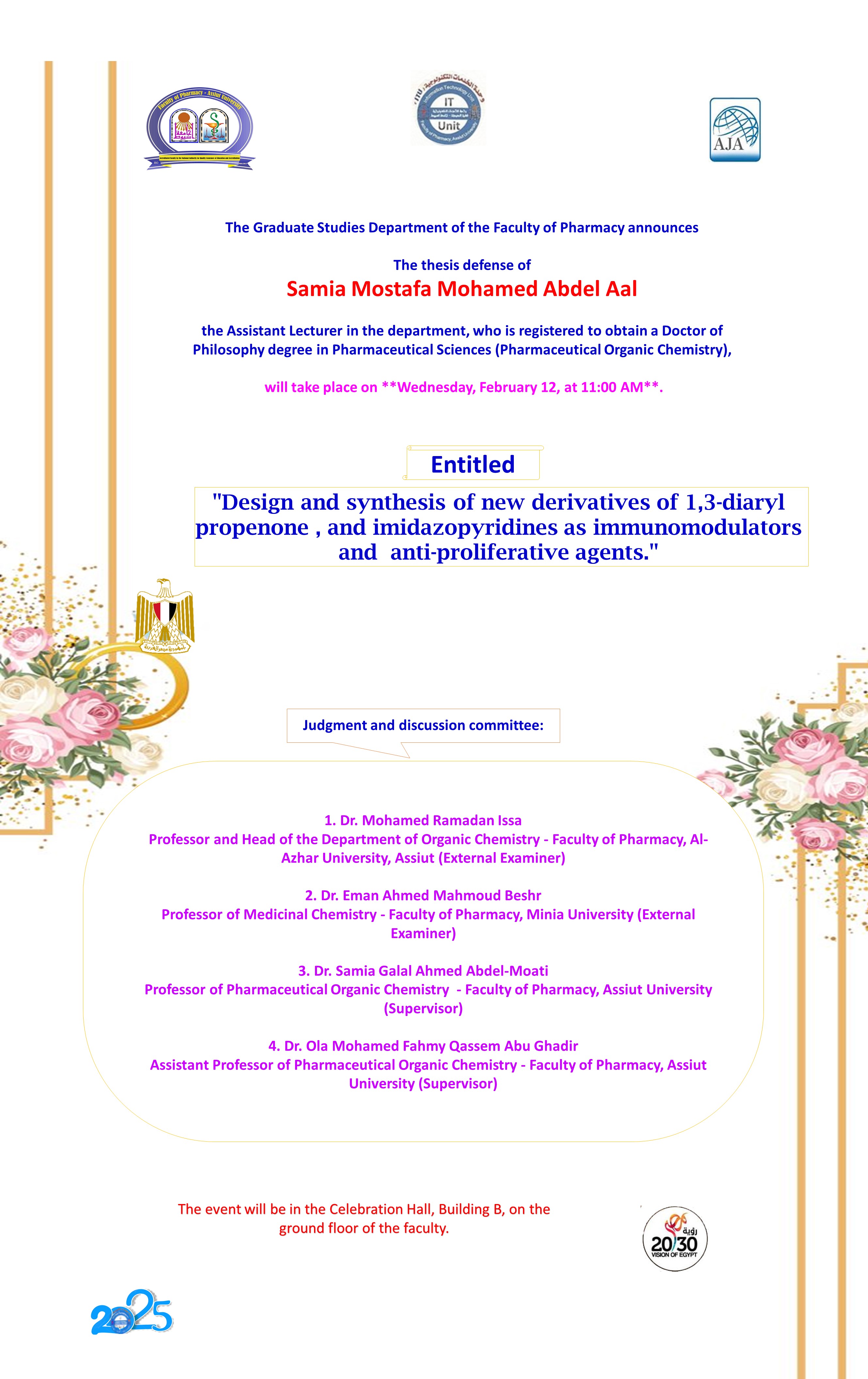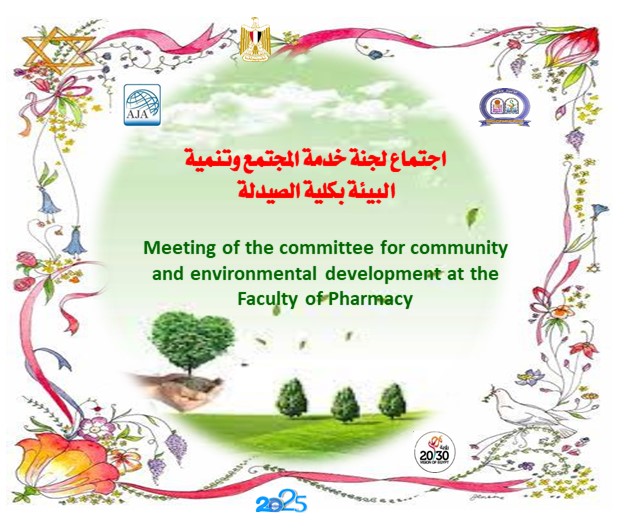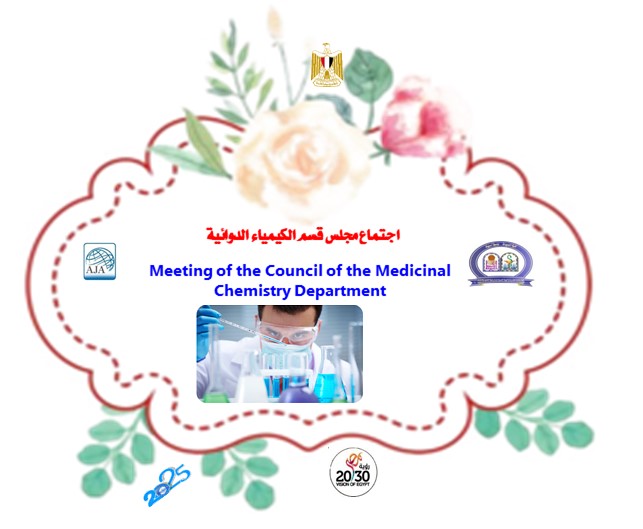N-substituted-5-[(2,5-dihydroxybenzyl)amino]salicylamides as lavendustin analogs: antiproliferative activity, COMPARE analyses, mechanistic, docking, ADMET and toxicity studies
Target cyclooxygenase 2 (COX-2) and 5-lipoxygenase (5-LOX) inhibitors; 5-([2,5-Dihydroxybenzyl]amino)salicylamides (Compounds 1–11) were examined for potential anticancer activity, with a trial to assess the underlying possible mechanisms. Compounds were assessed at a single dose against 60 cancer cell lines panel and those with the highest activity were tested in the five-dose assay. COMPARE analysis was conducted to explore potential mechanisms underlying their biological activity. In vitro epidermal growth factor receptor (EGFR) inhibitory activity was performed, as well as cell cycle and apoptosis assays, in addition to molecular docking to rationalize the potential of these compounds as potent EGFR inhibitors. The compounds revealed broad-spectrum anticancer activity against most cancer cell lines, particularly those of leukemia. Compound 9 showed the maximum growth inhibition (99.65%) against leukemia HL-60 (TB) cell line. Compound 5 produced the uppermost cytotoxic activity (62.28%) against non-small cell lung cancer cell line (NCI-H522), and the most potent antiproliferative and cytotoxic activities against the same cell line in the five-dose assay. Flow cytometry of cell cycle distribution on NCI-H522 showed arrest of cells at different phases of the cycle by Compounds 4, 5, 9–11. These compounds induced apoptosis in NCI-H522, particularly Compounds 4 and 5. They showed a remarkable in vitro EGFR inhibitory activity that was comparable to erlotinib, and a predicted ADME pharmacokinetic profile. In conclusion, the N-substituted aminosalicylamides exhibited considerable anticancer activity. The pattern of N-substitution is important in their activity. The compounds exhibited polypharmacology; one of the targets is the EGFR, as supported by molecular docking.









